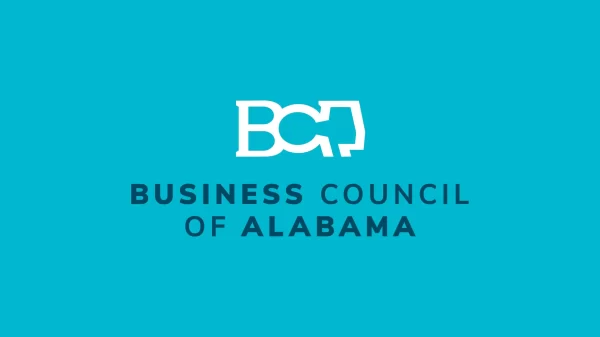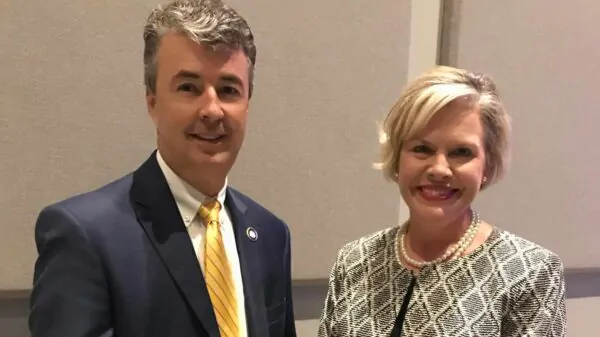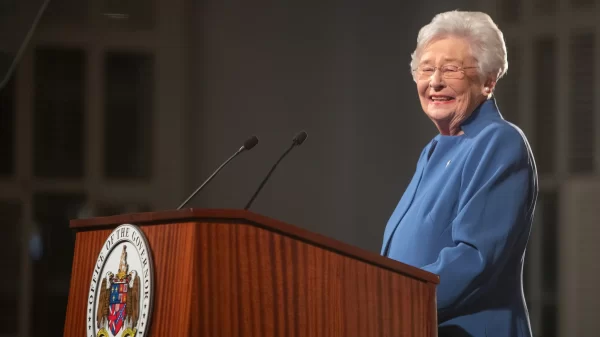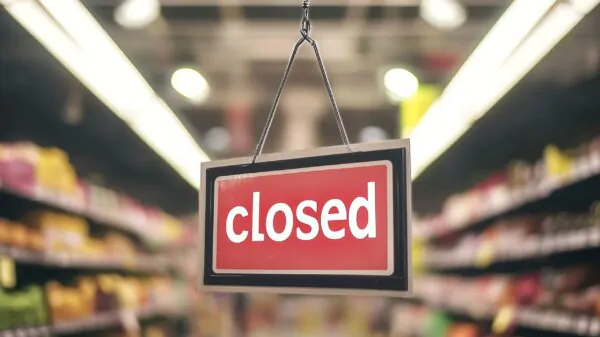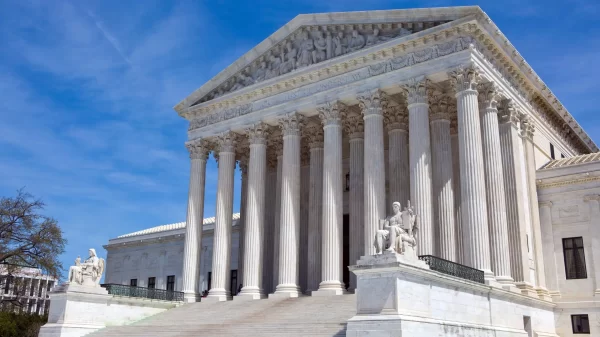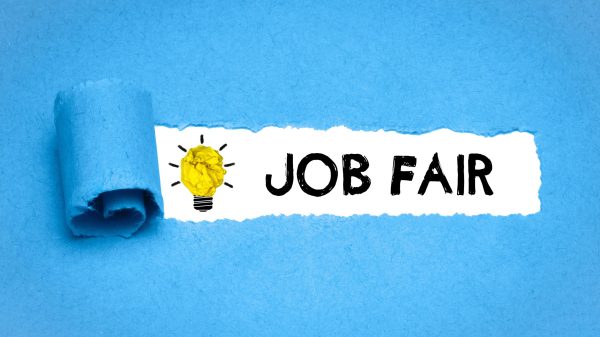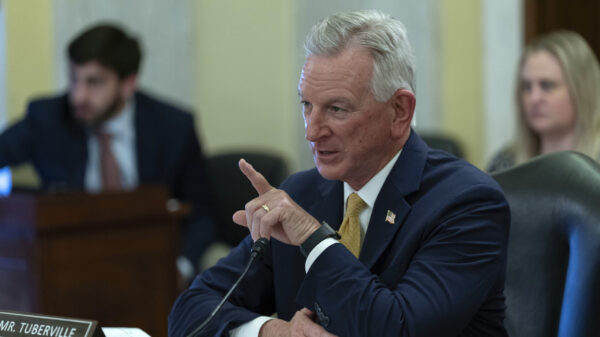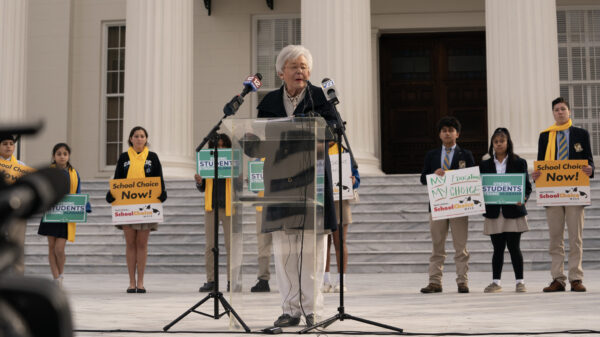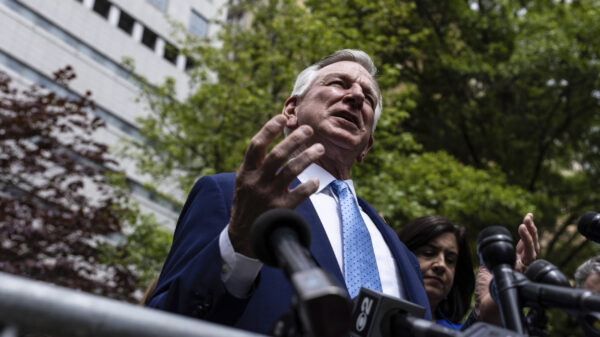By Cameron Smith
Alabama Policy Institute
Health care reform has dominated the political landscape since the early months of 2009 when President Obama and Democrats in the House and Senate began to draft what would ultimately become the Patient Protection and Affordable Care Act (PPACA) in March of 2010.
The President has conceded that the implementation of the PPACA has not gone as planned. Delays, significant technology issues, the Supreme Court’s modification of the law’s Medicaid provisions, and a host of other challenges have plagued the PPACA. Most recently, the President and supporters of the PPACA have come under intense scrutiny regarding whether or not the supporters of the law misled the American people about their ability to keep their preferred health insurance as the law takes effect.
More than three and a half years after its enactment and an unending stream of commentary about various provisions of the PPACA, many Americans have likely forgotten the primary problems that the PPACA was designed to address.
Towards the end of Democrats’ intra-party negotiations on the PPACA, President Obama noted that his health law “bends the cost curve” and “covers 30 million Americans who don’t have health insurance.”
The President’s comments were widely shared by supporters of the law, and the PPACA was cast as an important solution to the pressing high cost of health insurance and the number of uninsured people in America. Addressing the perpetually-increasing cost of health insurance seemed like a worthwhile aspiration to most Americans with a health insurance bill. At the same time, the drumbeat of expanding coverage resonated with many, especially if the costs were going to be borne by “the rich,” faceless corporations, or tanning bed operators.
Perhaps the most important question for Americans to ask today is not if Democrats made promises about the law that they could not keep but if the PPACA has made material progress towards solving the problems it was created to confront?
What has happened to health insurance costs for the average family? According to Kaiser Family Foundation research, premiums for employer-sponsored family health coverage have risen dramatically from $13,770 in 2010 to $16,351 in 2013. Similar increases are the norm for single coverage. Health insurance is markedly more expensive today than it was when the PPACA was enacted.
Younger, healthy customers are also being forced to buy more insurance than they want or previously purchased. They may indeed receive more comprehensive health coverage under certain plans offered in the exchange, but many will face increased costs to buy it. Supporters of the PPACA arguing that many of them will be eligible for subsidies conveniently omit that, even if the exchanges were working as advertised, subsidies shift the cost to the rest of the taxpayers rather than reduce it.
Has the PPACA made important strides in expanding coverage?
There were slightly less than 50 million uninsured Americans in 2010 and 48 million in 2012, comprising about 15.4% of the population. As the economy slowly improves, the number of insured Americans should decrease with or without the PPACA. Even attributing all of the “gains” to the law, the numbers are a long way from the 30 million figure noted by the President.
To be fair to the President and the Democrat supporters of the law, the original PPACA included what amounted to a forced Medicaid expansion before the Supreme Court gave states an option. With some states declining to take on the uncertain future costs of a larger Medicaid base, one of the PPACA’s main mechanisms for expanding coverage will be significantly less effective.
The PPACA’s coverage answer is even more doubtful because of the number of people losing health plans that do not meet PPACA muster. With around five million health insurance policies canceled and millions more looming, the troubled health exchanges have a significant amount of lost ground to recover.
Advocates of the law suggest that judging its relative success to date is premature, but the statements made by the President in order to pass the law were not based on a far off reality. The President who made such strong, immediate claims about the PPACA in 2009 is the same one who is unilaterally delaying its implementation now.
The bottom line is that after all the controversy regarding the PPACA, health insurance remains very expensive, and the PPACA’s solution for expanding health coverage is an increasingly dubious proposition. After committing to more than a trillion dollars in spending, creating numerous new government programs, and a significant amount of hassle, the PPACA is making little progress to solve the problems it was designed to address. But then…neither is Washington.
Cameron Smith is Vice President and General Counsel for the Alabama Policy Institute, an independent non-partisan, non-profit research and education organization dedicated to the preservation of free markets, limited government and strong families, which are indispensable to a prosperous society.



